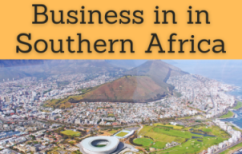Business in Zambia, Lusaka. Zambian Economy
Zambia: largest exporter of copper (Foreign Trade, Logistics). African Frontier Market
Zambia is the largest African copper and cobalt exporter. Zambia is an African Frontier Market.
Zambia is one of the most highly urbanized countries in the African Continent
Copper: 70% of Zambia's export earnings
Zambia: 20% of the World's emerald production
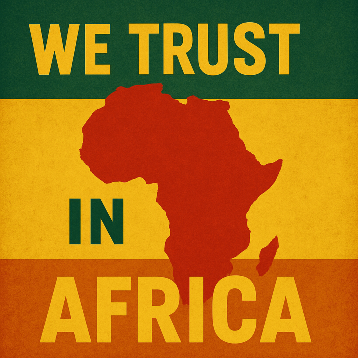
- Introduction to the Republic of Zambia (Southern Africa)
- Zambian Economy
- Foreign Trade of Zambia
- Zambian Customs Excise Act
- Zambia Free Trade Agreements
- Business and Investment Opportunities in Zambia
- Infrastructures
- Energy
- Agriculture
- Tourism
- Case Study:
- Zambian mining sector
- Zambeef Company
- Monica Katebe Musonda
- Multi-Facility Economic Zone (MFEZ)
- Access to the Zambian Market
- Transport and Logistics
- Business Plan for Zambia
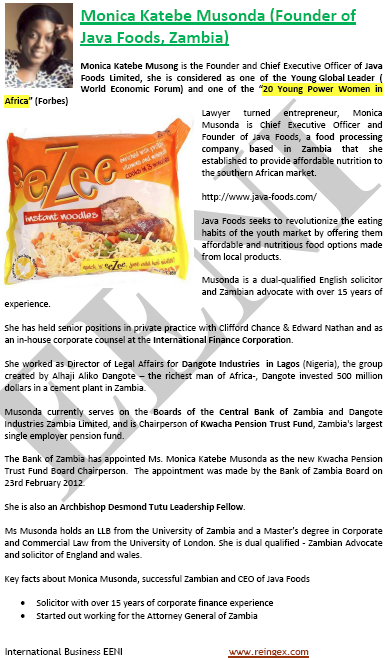

The objectives of the subject “Foreign Trade, Logistics and Business in Zambia” are:
- To analyze the Zambian Economy, Logistics and Global Trade
- To conduct research on business opportunities in Zambia
- To explore the Zambian trade relations with the student's country
- To learn about Zambian Trade Agreements
- To examine the profile of Zambian companies
- To develop a business plan for the Zambian Market

The Subject “Foreign Trade, Logistics and Business in Zambia” is included within the curriculum of the following academic programs at EENI Global Business School:
Doctorate in African Business.

Master in Business in Africa, International Business, Foreign Trade.
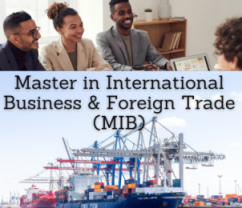
Masters adapted to  Zambian Students.
Zambian Students.
Languages:  or
or  Zambie
Zambie  Zambia
Zambia  Zambia.
Zambia.
- Subject Credits “Doing Business in Zambia”: 1

International Trade, Logistics and Business in Zambia.
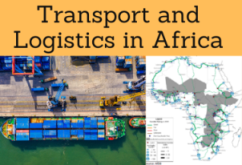
- Trans-African Corridors
- Nearest ports:
- Port of Lobito (Angola) and Port of Luanda (Copper Corridor of Zambia)
- Port of Maputo (Mozambique, inland Port of Chipata)
- Port of Dar es-Salaam (Tanzania): by Railway
- Port of Durban (South Africa). Distance Port of Durban-Lusaka: 2,165 kilometers
- Port of Walvis Bay (Namibia). Via the Trans-Caprivi Corridor-Katima Mulilo Bridge
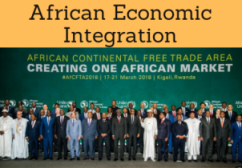
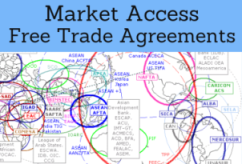
Zambian Preferential Access and Trade Agreements:
- Zambia and the Southern African Economic Area
- Common Market for Eastern and Southern Africa (COMESA)
- Southern African Development Community (SADC)
- European Union-SADC Agreement
- COMESA-EAC-SADC Agreement
- African Continental Free Trade Area
- The United States-Zambia
- AGOA (U.S.)
- COMESA-U.S. Agreement
- European Union-Zambia
- Africa-EU Partnership
- European Union-GSP
- Bilateral Trade Agreements with China, Canada, India, and Japan
- Conference on the Great Lakes

- World Trade Organization (WTO)
- Agreement on Sanitary and Phytosanitary Measures
- Agreement on Trade in Services (GATS)
- Agreement on Technical Barriers to Trade
- Agreement on Preshipment Inspection
- Agreement on Safeguards
- Trade Facilitation Agreement
- World Customs Organization (WCO)
- Kyoto Convention
- COTIF Convention (Rail)
- BIC
- Chicago Convention (ICAO)
- International Maritime Organization
- Hamburg Rules (Sea)
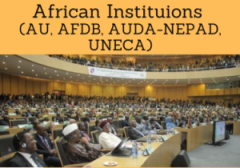
- Economic Commission for Africa
- African Union
- AU Convention on Combating Corruption
- AUDA-NEPAD
- African Development Bank
- Africa-Asia Partnership
- Africa-India Cooperation
- Africa-BRICS
- Africa-Turkey Partnership
- Afro-Arab Cooperation
- Arab Bank for Africa (BADEA)
- China-Africa Cooperation
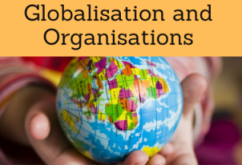
- World Bank
- World Trade Organization (WTO)
- International Monetary Fund
- United Nations
Zambia is a landlocked African Country.
- Zambian Population: 16.6 million people
- Zambian Area: 752,618 km²
- Capital of Zambia: Lusaka (2 million people, 60% unemployed)
- Doing Business in Lusaka, Kitwe and Chipata
- Zambian official language: English. 85 local languages
- Zambia shares borders with eight African Countries: Angola, Botswana, the Democratic Republic of the Congo, Namibia, Malawi, Mozambique, Tanzania, and Zimbabwe
More information about Zambia (EENI African Business Portal).
Main Religions in Zambia:
- African Traditional Religions
- Christianity (75%), 4.5 million Methodist
- Baha'i faith
Zambia belongs to the Southern African Economic Area.
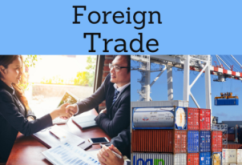
Economic Profile of Zambia.
- Main contributors to the GDP of Zambia: agriculture (12.2%), mining (8%), manufacturing (11.2%), and construction (13.0%)
- Zambia is a African frontier market
- Top Zambian sectors: Copper Mining Industry, agriculture, energy, manufacturing, and tourism
- Merchandise imports (% of GDP): 39
- Merchandise exports (% of GDP): 45
- Legal System of Zambia: Common Law
- Currency of Zambia: Zambian Kwacha (ZMW) = 100 Ngwee
- Abundance of mineral deposits and water
- High transport costs (Landlocked country)
Zambian mining sector:
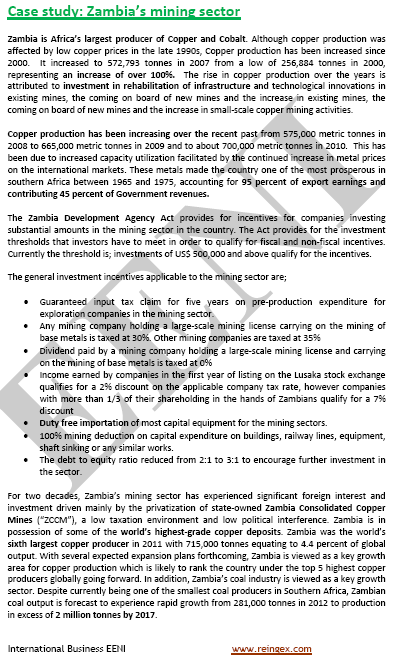
(c) EENI Global Business School (1995-2025)
Top of this page

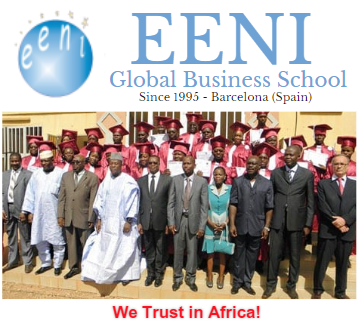

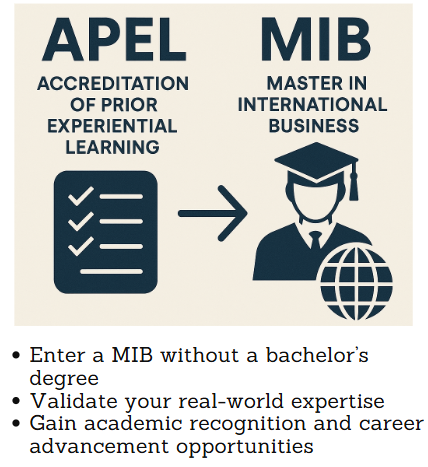

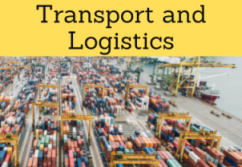


 WhatsApp
WhatsApp